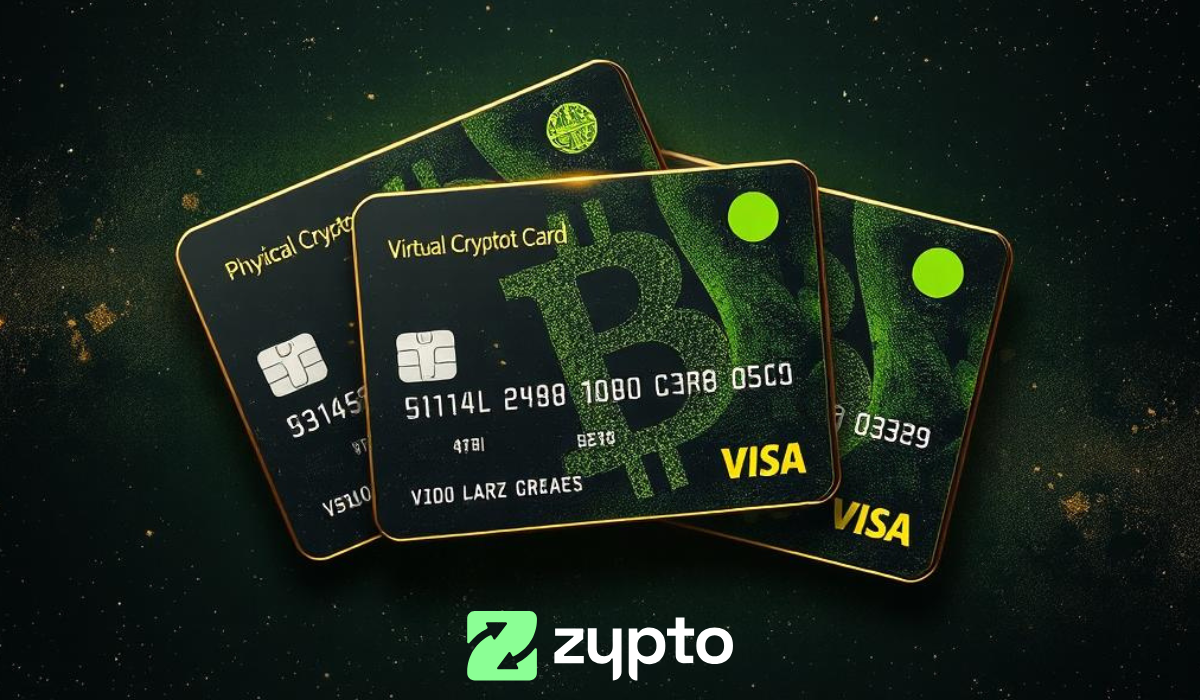If you’re familiar with crypto trading and investing, you already know by now that a crypto wallet is one of the essential tools required for success. A cryptocurrency wallet lets you store, send, receive, trade, and manage your crypto assets in one place, giving you complete control over your coins.
Besides the typical hot and cold wallets, a paper wallet is a popular crypto storage option. It’s an offline method of storing your private and public keys, making it more highly secure than a hot wallet. This article explains how paper wallets work to help you make informed decisions.
Understanding a Crypto Paper Wallet
A paper wallet is a Bitcoin wallet that stores users’ private and public keys on a piece of paper. The wallet gives users full custody of their assets, making it a very secure option for crypto investors.
The major strength of a paper wallet in crypto is its ability to shield users from common security issues, including hacks, malware attacks, and other security breaches. This is because it uses offline storage, making it a great choice for people with significant crypto holdings.
Another reason investors fancy paper crypto wallets is its affordability as an alternative to hardware wallets. For context, both wallet types store users’ private keys offline. However, hardware wallets come at a cost, while paper wallets are largely free.
However, you must store the paper securely to avoid damage or loss. If either happens, you may be unable to recover your crypto funds stored on the blockchain.

How Do Paper Wallets Work?
As the name suggests, a paper wallet is a piece of paper that stores your sensitive crypto details. It comprises private and public keys connected to your coins stored on its blockchain network. For instance, a Bitcoin paper wallet stores the private and public keys for your BTC on the Bitcoin network. Now, let’s dig into its operational mechanism below:
Generate Your Keys
The first step to using a paper wallet is to generate its private and public keys. The easiest way to do this is to use a wallet generator tool. The device creates a random private key and its associated public key.
However, since the paper wallet-generating application works online, it’s crucial to choose a secure and trustworthy option. For additional security, use a secure antivirus to protect your device against malware when generating the paper wallet keys.
Set Up QR Codes
Some paper wallets let you create QR codes for your public and private keys as an additional security measure and convenience. You can instantly create a QR code with your encrypted keys using the same app. You can scan the code with a compatible app whenever you need to access your funds.
Print the Keys
The idea of paper wallets is to have your information on a piece of paper. So, after creating your keys, print out as many copies as you wish to store. We recommend doing this completely offline using a secure printer to mitigate against unauthorized access.
Add Funds
Once your wallet is all set, it’s time to move your funds into it for secure storage. This involves sending cryptocurrencies like Bitcoin or Ethereum from your external wallet or exchange account to the paper wallet’s public address.
After the payment is done, securely safeguard your paper wallet. A good idea is to prioritize waterproof and tamperproof storage options like a Ziploc bag or a sealed envelope. Also, store backup paper wallets you printed in different locations from one another.
Withdraw Funds
Whenever you need your stored crypto funds in a paper wallet, you need an external software or mobile wallet that can import the existing data. Once connected, the device retrieves all the information on the paper by importing its private keys.
In some cases, you can opt for sweeping the funds from the paper wallet to the connected wallet or mobile. That means if you lose your paper wallet, you lose your keys.
Pros and Cons of a Paper Wallet
There are many perks to using a paper wallet for asset storage. However, there are also a few things to consider before using one.
Pros
Offline Storage
Paper wallets offer offline storage. They store users’ private keys on paper, making them less susceptible to security breaches and hacks. The improved security it offers over other wallet types makes it a top choice among numerous users.
Complete Custody
While it’s possible to store your crypto assets on an exchange, paper wallets offer you complete control. So, instead of leaving your coins to the decisions made by crypto exchanges, you have direct control. This gives you autonomy and better security.
Low Costs
Another reason investors choose paper wallets is its low barrier to entry. Unlike cold/hardware wallets that function similarly and charge significant amounts for a device, getting and setting up a paper wallet is free. You only need to access them and print your keys.
Cons
Physical Damages
Papers are susceptible to getting damaged by water, insects, and rodents. In other cases, they can be missing or stolen, causing your assets to be irredeemably lost if the paper wallet lands in the wrong hands or gets destroyed.
Human Errors
The process of setting up a paper wallet is heavily manual, making it more susceptible to human errors when typing, printing, or storing.
Conclusion
Paper wallets are viable alternatives to hardware wallets because they let you store your private and public keys offline at no cost. All you need to do is create and securely store it at a safe location.
However, it is more of a temporary solution for users and not suitable for active traders. It also requires more precautions during setup and funds transfer.
The Zypto DeFi Wallet May Be Better
Zypto is a blockchain company with a wide range of crypto-related services for individuals and businesses. One of its products is the Zypto DeFi Wallet, which can securely store hundreds of assets. The wallet gives you complete access to your funds and is a more secure option than a paper wallet if managed properly.
Notably, Zypto App wallets give you the option to take any DeFi wallet completely offline by removing two or all words from your seed phrase, giving you an additional advanced security measure. To take a wallet back online from ‘read only’, simply add the words from your seed phrase again.
Have you ever used a paper wallet to store your Bitcoin? Tell us about your experience in the comment section below.

FAQs
How can you fund a paper wallet?
You can fund your paper wallet by transferring crypto from your external wallet or exchange account to its public address.
How do I withdraw from a paper wallet?
You can access your funds on a paper wallet by transferring them to a compatible software wallet or a crypto exchange. This process is called “sweeping.”
What if I lose my paper wallet?
Losing your paper wallet without having a backup is tantamount to losing your crypto funds. Without the private keys stored on the paper wallet, you can’t access your cryptocurrency on the blockchain.





























0 Comments